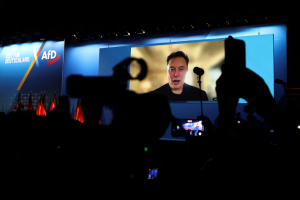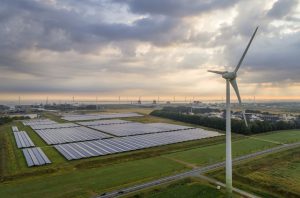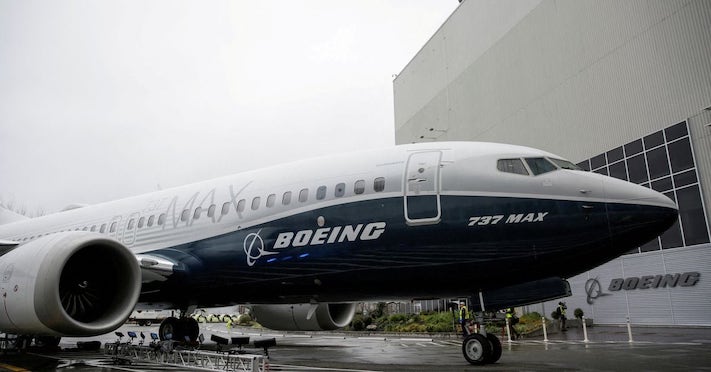Technology giants Microsoft and Google announced big purchases of carbon removal credits this week, signing deals with firms working on rainforest restoration and direct-air capture technology.
On Tuesday, Microsoft announced it would purchase 234,000 tons of carbon removal from Mexican startup Toroto that is working on restoring and protecting Mexico’s key rainforests.
The investment would go towards funding ecosystem restoration of up to 47,000 hectares of community-owned land in Mexico’s Campeche state, Brian Marrs, Senior Director of Energy and Carbon Removal at Microsoft, said.
Also on AF: Continuing Rise of Methane Emissions Worrying Top Scientists
While Microsoft or Toroto did not disclose the value of the deal, the UN’s Intergovernmental Panel on Climate Change (IPCC) has previously noted that credits for forest carbon projects need to be priced between $50 and $200 per ton to achieve their carbon reduction potential.
Meanwhile, on Tuesday, Google announced a $10 million deal with another climate tech start-up Holocene to purchase its carbon removal credits from direct air capture.
Direct air capture (DAC) technologies can extract carbon dioxide directly from the atmosphere. Google said it signed the deal at $100 per ton — “the lowest price on record for this technology”.
“Our partnership with Holocene aims to address one of the key barriers facing DAC technologies – the hefty price tag,” Google said in a blog post. The firm’s approach of using “amino acids and other organic compounds to continuously capture CO2” could potentially bring down the cost of carbon removals through DAC “significantly over time”, Google said.
Need for scale
Carbon dioxide removal (CDR) is estimated to become a $100 billion industry by 2030, provided it can be scaled up. In its 2023 report, the IPCC said CDR “will be necessary to achieve net negative CO2 emissions.”
But despite the growth of new CDR technologies — like DAC, biochar, reforestation and rock weathering — most carbon removals currently are achieved through forests alone.
According to an Oxford University report last year, only about two billion tonnes of carbon dioxide is being removed from the atmosphere annually — a number that will need to increase 1,300 times by 2050 if the world is to limit temperature rises to well below 2 degrees Celsius.
Lack of scale remains the biggest impediment to the adoption of CDR technologies — a problem driven by a lack of investment, as CDR requires infrastructure that can be significant and expensive.
Meanwhile, investment from tech giants like Google and Microsoft into the technology comes at a time when the tech industry is seeing a spike in its emissions — thanks to the advent of artificial intelligence.
Data centres – that are necessary to develop and maintain AI programmes – often consume a huge amount of power and water, resources directly linked to higher emissions.
View this post on Instagram
Increasing efforts to develop their AI capabilities has resulted in a 30% jump in Microsoft’s carbon emissions since 2020. Meanwhile, Google’s emissions have jumped an eye-watering 50% compared to 2019.
Microsoft says it aims to become carbon negative by 2030 and remove ‘the equivalent of its historical emissions’ by 2050.
That will be a tough task, however, given those emissions are only set to increase. Global data centres are expected to produce about 2.5 billion metric tons of emissions by the end of the decade, according to a Morgan Stanley report. That is roughly three times higher due to the development of generative AI, the report said.
- Vishakha Saxena
Also read:
Bill Gates Backs Effort to Boost Credibility of Carbon Removal
Microsoft in Mega Carbon Deal as AI Power Demands Surge – FT
Google, Microsoft Used More Electricity Than Iceland in 2023
Spotlight on Big Tech’s Power and Water Use Amid AI Surge
Data Centre Boom Will Boost Clean Power Drive: Morgan Stanley
China to Set Carbon Removal, Emission Standards for Key Sectors
Most Effective Climate Policies Identified in New Study
Firms May Abandon Net-Zero Plans Amid Carbon Offset Uncertainty
Memory Breakthrough Could Slash AI Energy Use – LS
























